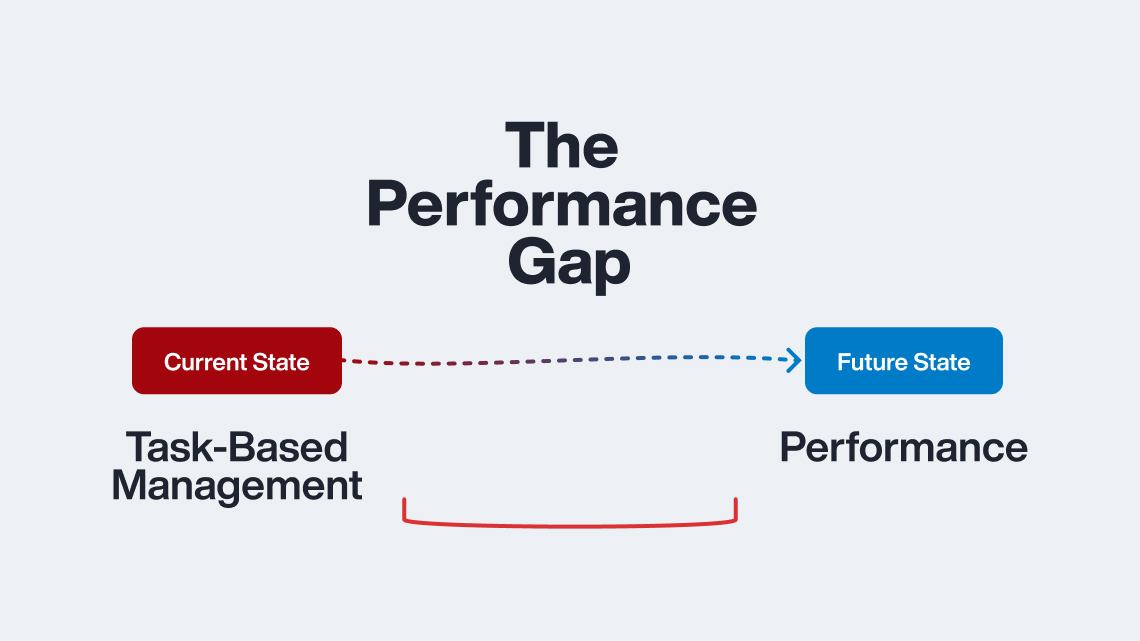Published on February 25th, 2020
By Brittany Benz
People move in and out of states constantly and for many different reasons — whether it’s because of a new job, to be closer to family, or to save money. Across the nation, one surprising trend is the net decrease of residents in states with big cities, such as California, Illinois, and New York, and the large increase of residents in less popular, more affordable states, like Florida, Nevada, and Arizona. Read on to learn why people are moving and what it means for property managers.
Where and Why People Moving
According to the United States Census Bureau, cities with more than 500,000 people collectively lost 27,000 residents aged 25 to 39 in 2018. In addition, about 10% of the United States population moved that year, with the majority moving to states in the South. The Southern United States has been the biggest benefactor of this domestic migration trend, with the largest increase in regional population since the early 1980s. In fact, more than 1.2 million people moved to the south from another region of the country in 2018.
Other migration flow tables paint a similar picture. According to the 2017 American Community Survey, Florida had the biggest influx of new residents, with New York contributing the majority of this population increase. While Florida remains a popular destination for those looking to move, other states such as Texas, Nevada, New Mexico, and Arizona have become increasingly desirable in the last few years.
The dramatic shift to more affordable states can largely be contributed to the ongoing affordability crisis. As wages remain stagnant and housing prices continue to rise, it’s getting harder and harder for renters to stay afloat. In fact, one in five adults is unable to pay the current month’s bills in full. Combined with the growing cost of living in big cities and severe housing shortage, it makes sense that renters are looking to relocate to states where their money can go further.
What it Means for Property Managers
Property managers need to keep a close eye on these changes in interstate migration. In areas with net growth, they’ll have to find ways to turn the influx of new renters into more income. In areas experiencing population decreases, they will have to stay competitive to maximize profitability in tighter markets. The good news is that new innovations in technology can help save time, money, and deliver the kinds of experiences that will attract and retain more residents.
4 Ways to Stay Ahead in the Midst of Interstate Migration Changes
1.) Improve Your Response Time
Outdated, manual processes can slow your team down and make it harder to respond to prospects in a timely manner. In fact, 40% of renter leads go unanswered. If you’re in a state experiencing an influx of renters; this can present a major challenge to your business. That’s where technology can really work to your advantage. An AI leasing assistant, like AppFolio’s Lisa can instantly respond to leads 24/7, improving renter satisfaction and the likelihood that they will sign a lease. Evidence has also shown that Lisa’s quick, 1-1.5 minute response time converts leads to showings 80% better than a typical 30+ minute response.
2.) Cater to Your Residents’ Needs
Make sure your amenities reflect what today’s renters want. Based on a recent survey by AppFolio, 75% of renters said they would not rent, or would move out if their property management company did not offer mobile or online tools. Things like an online resident portal and reliable cell phone reception are more than mere perks, they’re necessities. Ensuring your property is equipped with the right technology can help you stay competitive.
3.) Invest in Your Properties
One way to make your properties more attractive to future and current residents — regardless of whether you’re in a high-cost or low-cost state — is simply to make them more desirable places to live. According to an NMHC study on renter preferences, 54% of renters said the community’s appearance played a role in their decision to visit a community. Ideally, you should be putting a percentage of each year’s annual profits toward property improvements, whether it’s enhancing common areas, expanding resident benefits, or renovating units.
4.) Show Your Residents You Care
When it comes to your resident services and communications, it’s essential you maintain transparency. Reaching out to your residents on a regular basis, whether it’s through a monthly newsletter, personal text message, or survey can really go a long way. In addition, make sure all maintenance issues are handled in a timely manner. Modern property management tools can make it easy for residents to quickly submit maintenance requests online and receive status updates from your team.
When it comes to running a property in any type of economy, the challenge is always going to be attracting and retaining residents. If you’re in one of the newly popular, low-cost of living states, it’s likely you’ll experience a surge of new resident applications. If you’re in a high-cost of living state, you’ll have to work hard to stay competitive and maximize your profitability. Either way, if you invest in the technologies and experiences residents expect now, it will be easier to maintain occupancy and growth in the years to come.









Comments by Brittany Benz